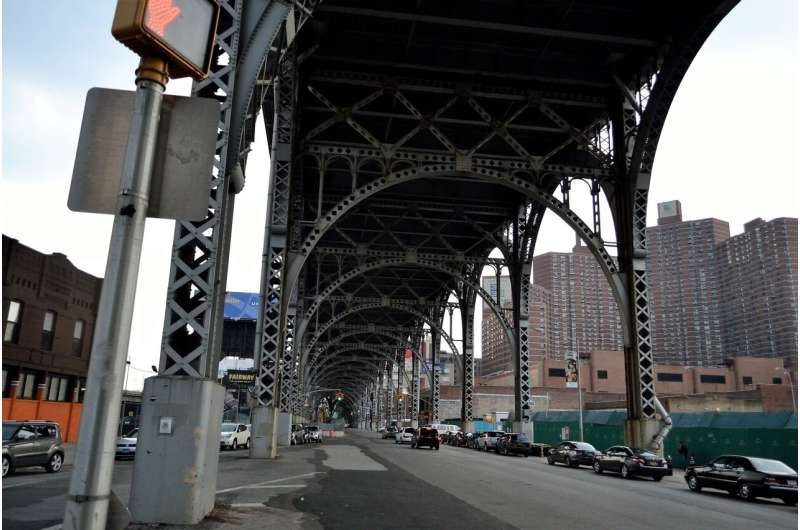High social vulnerability predicts worse long-term outcomes after traumatic injury

Traumatic injuries—such as physical injuries resulting from a car accident, fall, gunshot or stabbing—are one of the most common causes of impairment and disability worldwide. A team of investigators led by Juan P. Herrera-Escobar, MD, MPH, of the Brigham's Center for Surgery and Public Health, has found that living in an area with higher social vulnerability is strongly associated with worse mental and physical health outcomes after a traumatic injury.
Areas with high social vulnerability are those with higher poverty and unemployment rates, lower income, higher proportion of racial/ethnic minority groups and people with limited English-speaking ability, more households without vehicles, and crowded housing, among other factors. The team leveraged data from the Centers for Disease Control and Prevention's (CDC's) Social Vulnerability Index (SVI), a data-driven tool used to inform decision about COVID-19 vaccine allocation.
"These findings suggest that community-level social factors play a significant role in recovery after injury," said Herrera-Escobar. "The CDC's SVI could serve in trauma as a branch point in determining referral to a standard set of post-discharge support services and interventions, such as mental health services, assistance with return to work, and rehabilitation services such as physical therapy, occupational therapy."
The study is published in Annals of Surgery.
More information: The Social Vulnerability Index and Long-term Outcomes after Traumatic Injury, Annals of Surgery (2022). DOI: 10.1097/SLA.0000000000005471



















